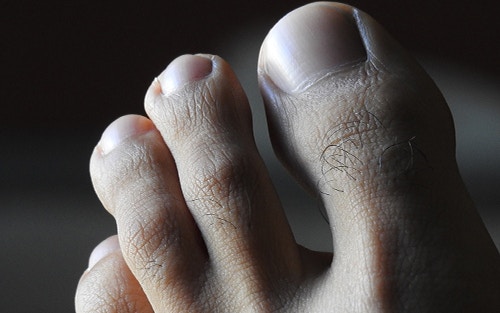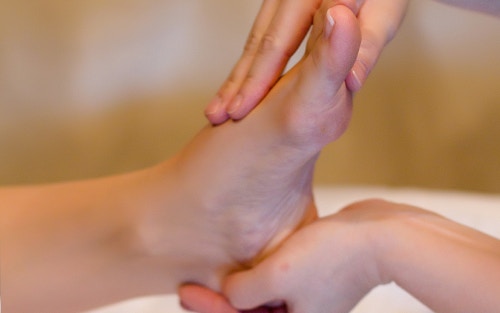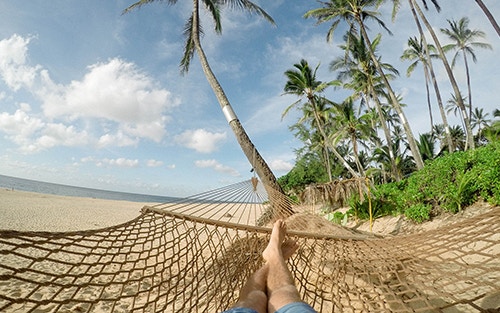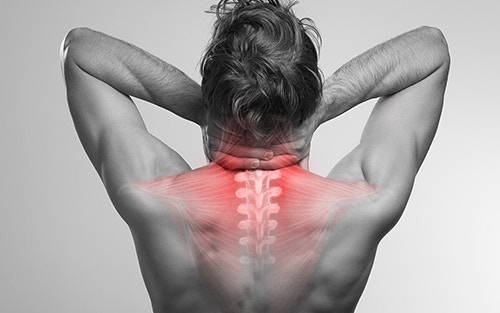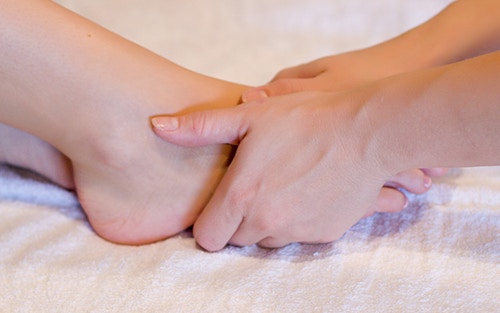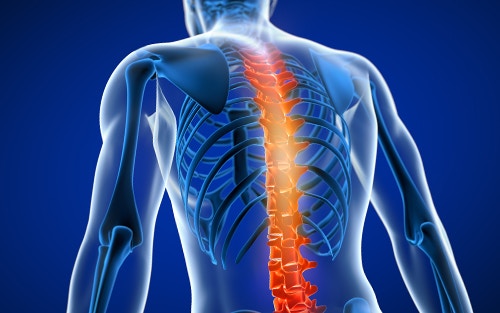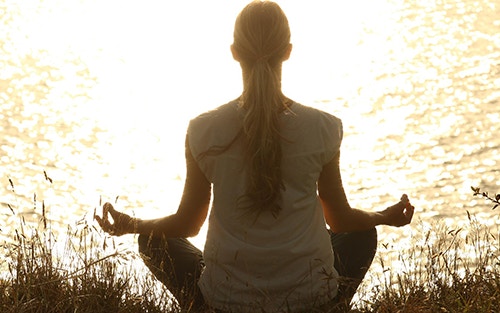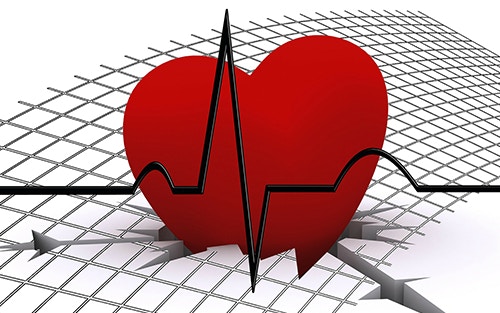Flotation Therapy Benefits and Side Effects
Need help determining if dry flotation is the right therapy for you? Understanding dry float therapy’s potential benefits and side effects will help you make informed decisions about your stress and anxiety relief options. yourfootpalace.com gathered essential information about the benefits and side effects of dry flotation therapy and answered some frequently asked questions. What … Read More

